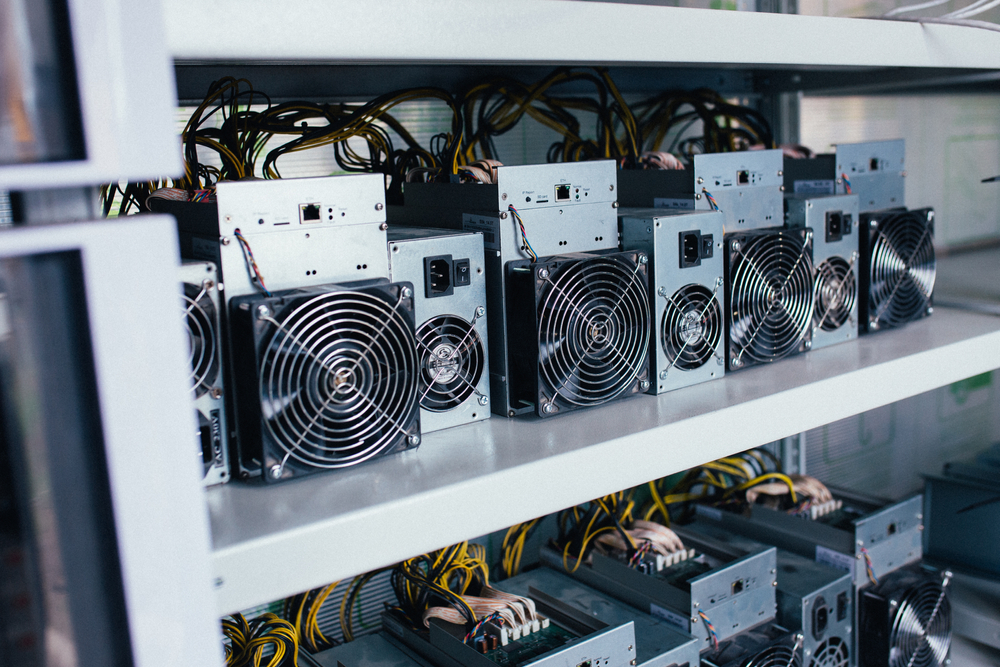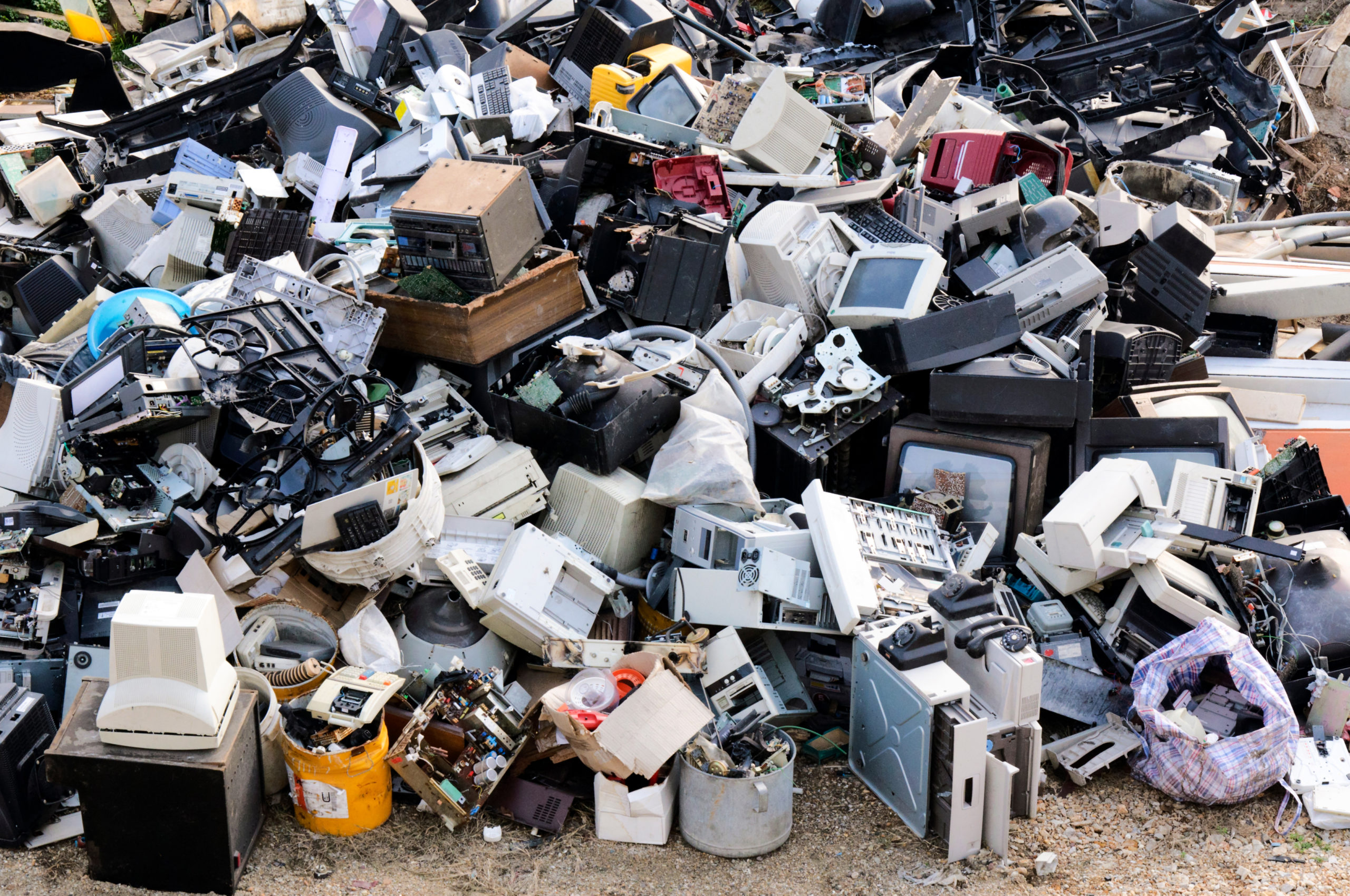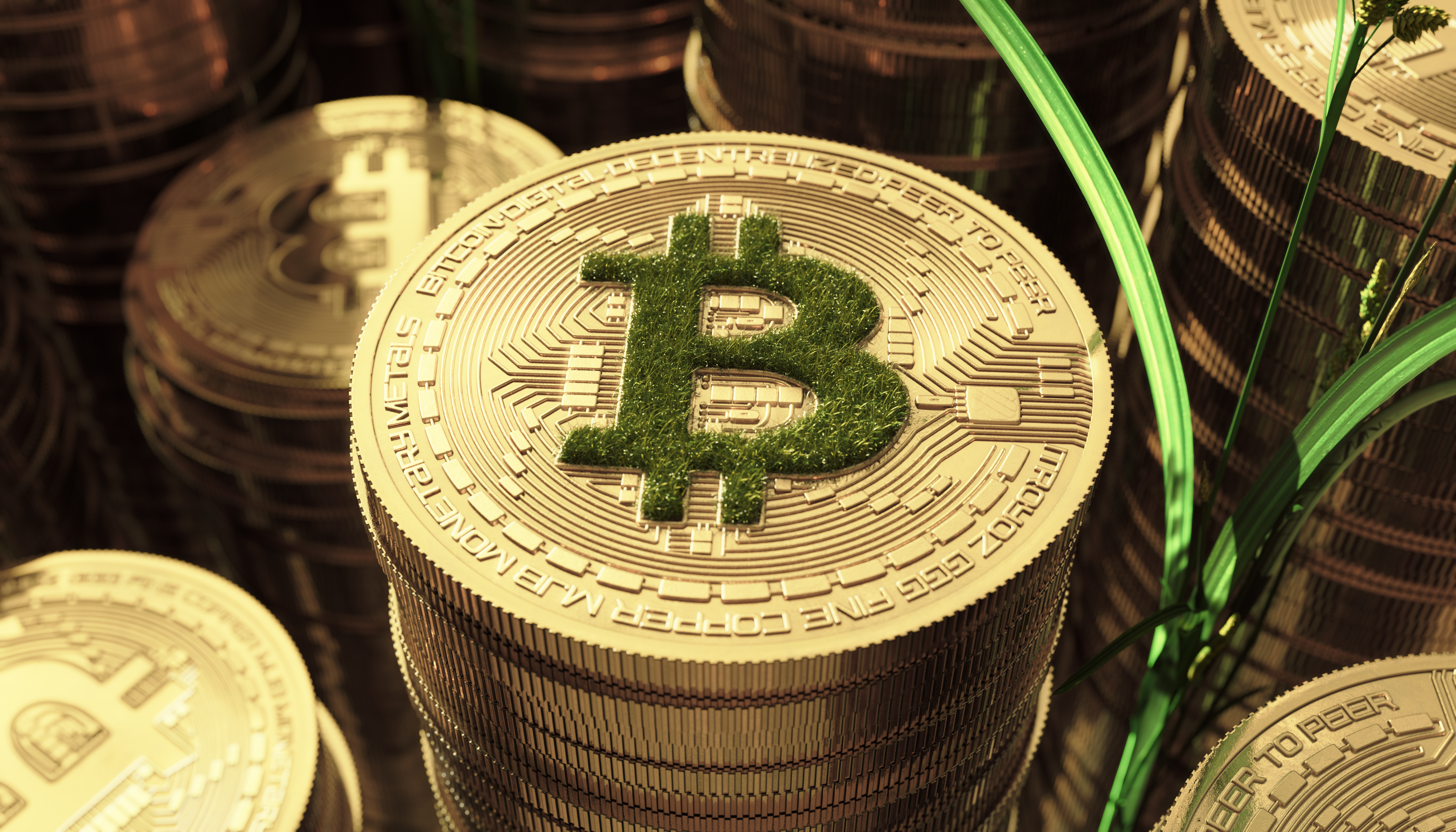Once we implement widespread practical solutions, it will be game over for anyone who opposes Bitcoin on environmental grounds.
Before you beat me to it, no, I am not referring to the recurring argument about CO2 emissions associated with operating Bitcoin mining equipment. I am well aware of this matter and have written an article covering this in extensive detail, outlining the measures being taken to resolve this issue.
So, if this has been resolved, what’s the issue then?
Well, sorry to break the bad news to you. There is one more thing we will need to address. Something that will become increasingly important over time.
Electronic waste (e-waste) associated with discarded Bitcoin miners.
Why is this an issue?
Just like many of our favourite devices – smartphones, tablets, computers, games consoles, etc. – these all need to be, rather, should be correctly managed to minimise air, water and soil pollution.
As Bitcoin’s hash rate (the amount of computing power required to successfully power mining equipment to process transactions on Bitcoin’s network) increases, this will require even more miners and power powerful units.
This was less of a problem in the early years of Bitcoin until about 2012, when the ultra-low hash rate used to allow people to feasibly mine BTC on their PC, back when you could get 50 BTC per block mined…
However, that same year, application-specific integrated circuit (ASIC) miners came onto the scene and replaced GPU mining shortly after. These advanced mining machines are now the only way to mine BTC and many other proof-of-work (mining) crypto assets.
Over time, these ASIC miners will become obsolete or no longer feasible to maintain, thus getting thrown away. Having said this, there are still ways to extend the life of these old(er) miners, which some people are doing; more on this in the ‘solutions’ section.
We also need to account for more efficient (Watts per Terahash) and powerful ASIC to keep mining operations viable in future to compensate for recurring Bitcoin block reward halving events (approximately every four years), with the 2024 event fast approaching. In a nutshell, this will halve the amount of BTC earned per block produced.
As a result, this will lead to more ASIC miners being shut down as they will no longer be able to operate profitably, thus exacerbating the problem with Bitcoin-related e-waste.
Now, imagine what happens as Bitcoin’s network becomes even larger over time and requires even more network security (which will rely on a higher hash rate); more and more units will need to be produced and operating to keep it all chugging along safely and reliably.

An example of ASIC miners. Image by afina_baikalskaya on Shutterstock
If you think I am being alarmist, you are mistaken. Various peer-reviewed scientific journals and media articles have covered this matter in recent years and will continue as this becomes a growing issue.
Much emphasis has been placed on Bitcoin’s massive energy demands, which is also important. Yet, this topic tends to be overlooked by many, even among more eco-minded folk.
Bitcoin-related e-waste in numbers
Nearly 60 thousand tonnes of Bitcoin e-waste is produced yearly, more than double the amount created in 2021, when Bitcoin hit an all-time high of roughly $69,000.
The graph only covers the amounts specifically relating to Bitcoin; let’s not forget about the equipment used to mine other PoW assets, even if they’re far less popular than the pioneering crypto.
![]()
Source: Digiconomist – Bitcoin Electronic Waste Monitor
Reduce, reuse, recycle.
Unfortunately (from environmental and versatility perspectives), ASIC miners are built for a specific purpose – to mine crypto assets – and each one is made to only mine a handful of coins depending on the specific algorithm involved, e.g., SHA-256 for Bitcoin and Bitcoin Cash; Scrypt for Litecoin and Dogecoin; Ethash for Ethereum Classic (and up to September 2022, Ethereum).
As a result, the best way to reduce the ecological footprint of broken or obsolete miners is by salvaging as many valuable products as possible within these units. The biggest incentive here is to extract the most profitable components to render the recycling process more economically feasible.
However, there is also the ecological perspective to all of this. This e-waste recycling process is a form of urban mining by avoiding the need to extract raw materials to produce new devices.
Furthermore, there is the issue of heavy metals in e-waste leaching into the soil, groundwater, or even being incinerated, thus exposing humans and the ecosystem to various nasty pollutants.
Did you know? There is 240 – 300x more gold in a tonne of smartphones than its ore (the rock/sediment containing the metal), not to mention several other valuable elements in each device.
Solutions
As a bare minimum, everyone with an active ASIC miner should be taking to ensure that these are properly maintained for maximum efficiency (which, in many cases, leads to more $$$ saved) and to prolong the life of this hardware.
The same rule applies to machinery in general, which ties into the ‘right to repair’ concept covering multiple consumer goods.
BITMAIN, one of the largest manufacturers of ASIC miners, offer a maintenance training course to help people get the most out of their machine(s) and refurbish older units.
Once the time comes for these units to cease operating, conventional e-waste recycling facilities could be designed to manage retired ASIC miners, particularly when it is not practical to establish a factory specifically for these machines.
A group of researchers at the University of New South Wales, Australia, is working on a robotic arm to help dismantle electronic items. Over time, such technology will become more important to help cope with this increasing amount of e-waste, especially as these become more sophisticated.

Image by ltummy on Shutterstock
Robots also have the added benefit of sorting dangerous objects amongst this hazardous waste, particularly sharp items that have been (accidentally or deliberately) thrown into the mix.
Hopefully, one day we can get these robots to access and rummage through landfill sites to retrieve discarded miners or even old hard drives with Bitcoin on them…
Machines used for sorting problem waste will be highly advantageous for advanced economies – many of which have high minimum wages and strict labour laws – to carry out e-waste recycling in an economically-feasible manner.
As per ASIC miners, I came across this 2017 video showing a process of dismantling parts of an old miner to extract the gold contained within.
This is time-consuming, and this undertaking would make more sense in developing countries with lower (average) wages unless we see a massive increase in the value of raw materials going into these miners.
The trade-off here is that much of our e-waste in developed countries has been sent to these emerging economies, which often have less transparency than the former, lack the infrastructure and laws to manage this problematic waste stream properly, or are simply dumped.
Sooner or later, these countries will prohibit e-waste imports from the West. As a result, in more affluent countries, we should take on more responsibility for dealing with our hazardous waste.
However, blockchain technology can play an instrumental role in the future to help source and manufacture raw materials, manage e-waste through recycling or reuse programs, and improve traceability along the supply chain.
Government subsidies or a small levy on selling new units could help fund Bitcoin miner recycling schemes. These could provide a much-needed funding boost to help invest in related infrastructure. However, I acknowledge that certain individuals or groups would prefer not to have the government involved in this process, a different topic of discussion altogether.
Concluding thoughts
Modern-day money needs innovative solutions to deal with the rapidly increasing problem of electronic waste, particularly with the proliferation of cheap electrical goods that often cost more to repair than replace.
Moreover, we require incentives to boost recycling rates of Bitcoin-miner components. There should also be a system of tax breaks for SMEs that repair electrical goods – similar to Sweden – including ASIC miners, thus incentivising people to give their machines another chance to continue operating.
There is also the topic of training and certification systems to ensure that the right people are carrying out repairs of ASIC miners. Then again, I am no expert in this field, so I will leave it to those much more knowledgeable than me about this subject.
If you enjoyed this article, I recommend following my Medium page for regular reports about crypto assets, blockchain technology, and more. Feel free to check out my publication as well, Crypto Insights AU.
Thanks for your support.
Further reading
Chen, M & Ogunseitan, OA 2021, ‘Zero E-waste: Regulatory impediments and blockchain imperatives’, Frontiers of Environmental Science & Engineering, vol. 15, pp. 1-10.
https://escholarship.org/content/qt80v7g7qg/qt80v7g7qg.pdf
de Vries, A & Stoll, C 2021, ‘Bitcoin’s growing e-waste problem’, Resources, Conservation and Recycling, vol 175, p.105901.
Shinobi, 2021, ‘How Bitcoin Mining Is Solving Our E-Waste Crisis’, Bitcoin Magazine, 21 October, viewed 4 August 2023,
https://bitcoinmagazine.com/business/bitcoin-mining-solve-e-waste-crisis
Disclaimers
- N.B. None of this is financial advice; I am not a financial advisor. You are solely responsible for crypto investments, let alone in any asset class.
- The opinions expressed within this piece are my own and might not reflect those behind any news outlet, person, organisation, or otherwise listed here.
- Please do your research before investing in any crypto assets, staking, NFTs and other product affiliated with this space.
- For transparency, Bitcoin (BTC) represents about 25% of my crypto portfolio.
Featured image by Bogdan Irofte on Shutterstock.

